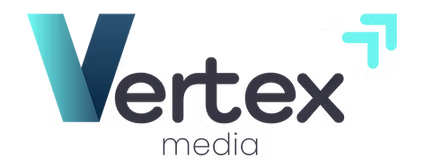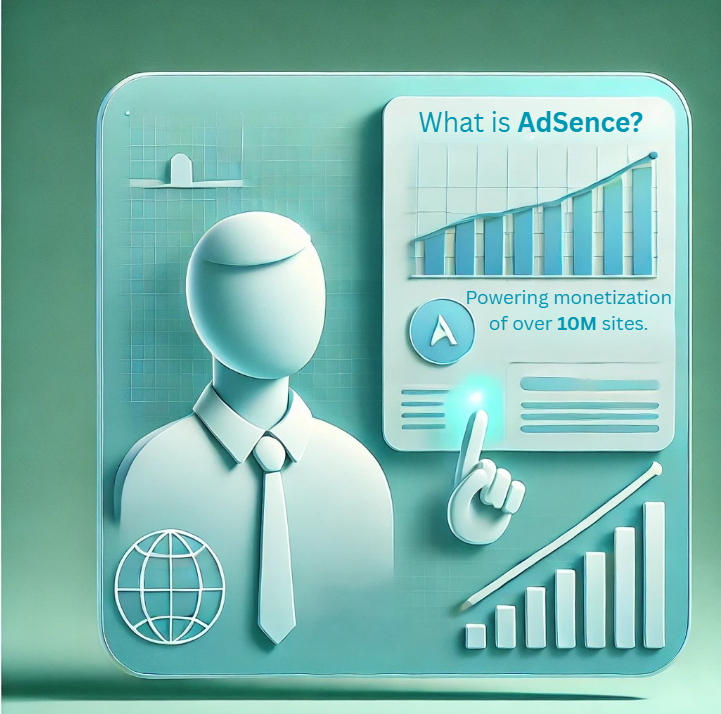Google AdSense is a premier advertising platform that empowers website owners to generate revenue by displaying targeted ads. It has grown to become the most widely adopted monetization tool, utilized by over 10 million websites, reaching over 90% of internet users globally. AdSense’s dominance in the online advertising landscape is largely due to its straightforward integration and user-friendly setup for publishers.
To qualify for AdSense, websites must offer easy navigation and feature original, high-quality, brand-safe content that attracts organic visitors. The platform provides a diverse range of ad formats, including banners, responsive units, native in-feed placements, and video ads. AdSense operates by intelligently matching ads to your website’s content and audience in real time, drawing from a vast network of advertisers.
Website owners who comply with AdSense policies typically work on the following revenue share models:
| Ad Type / Source | Publisher Share | Google Share |
| Content ads (Google Display Network) | 68% | 32% |
| Search ads (AdSense for Search) | 51% | 49% |
Behind AdSense lies demand primarily from the Google Ads platform (formerly AdWords). This demand typically comes from small businesses targeting local audiences, as well as medium and large enterprises seeking scalable reach. It also includes e-commerce brands, app developers, and a wide range of performance-focused advertisers.
Why Publishers Look for AdSense Alternatives?
While AdSense is a solid starting point, especially for small to mid-sized publishers, it has serious limitations that drive larger or more sophisticated publishers to seek other options:
1. Lower Revenue Potential
- AdSense often delivers lower CPMs compared to more advanced setups like header bidding or direct deals.
- It primarily caters to long-tail advertisers, which means lower competition for premium inventory.
2. Limited Control and tranparency
- Publishers can’t control which demand partners are bidding, neither who is buying inventory nor how auctions are run
3. Policy Risks
- Google can disable or penalize accounts with little recourse.
- Many publishers fear losing revenue overnight due to automated policy enforcement.
What are the alternatives?
AdSense is a great starting point, but if you’re a growing publisher investing serious effort into content creation, it’s worth looking beyond it. Despite its massive market penetration, AdSense accounts for only 5- 7% of total programmatic ad spend leaving a lot of potential revenue on the table.
| SSP / Platform | Approx. Share (%) |
| Index Exchange | 11% |
| Google ADX | 9% |
| Google AdSense | 5-7% |
| Magnite | 7% |
| PubMatic | 7% |
| OpenX | 5% |
| Others (Criteo, Xandr, etc.) | ~10-15% |
*source: Pixalate Supply Side Platform (SSP) Market Share Report Q1 2025 US
Programmatic demand is highly fragmented, with each platform having its own policies, minimum thresholds, and integration requirements. For smaller publishers, this creates a barrier to entry. That’s where intermediary ad networks come in—they aggregate many smaller publishers and bundle their inventory into larger audience segments that SSPs are more likely to bid on.
Here’s an estimated CPM comparison across major display web SSPs in 2025, based on aggregated industry benchmarks, publisher reports, and ad tech platforms.
Estimated Average CPMs by SSP (2025)
| SSP / Exchange | Display CPM (USD) | Video CPM (USD) |
| Google AdSense | $0.50 – $1.50 | N/A |
| Google Ad Manager / AdX | $1.00 – $3.00 | $5.00 – $10.00 |
| Magnite | $1.00 – $2.50 | $7.00 – $12.00 |
| PubMatic | $1.00 – $2.00 | $5.00 – $10.00 |
| Index Exchange | $0.80 – $2.00 | $4.00 – $9.00 |
| OpenX | $0.70 – $1.80 | $4.00 – $8.00 |
| Xandr | $0.80 – $2.20 | $5.00 – $9.00 |
| Criteo SSP | $0.90 – $2.00 | N/A |
At Vertex Media we give you access to all of those SSPs so you can enjoy CPMs and premium demand having us to deal with the heavy lifting.
Why Small Publishers Can’t Access Premium SSPs?
1. Minimum Traffic Requirements
- Premium SSPs usually require minimum traffic thresholds per account (e.g. 1M+ monthly pageviews). Managing small accounts isn’t cost-effective on their end.
2. Revenue Potential vs. Support Cost
- For SSPs, onboarding a small publisher with $100–$200/month in potential revenue is not worth the human support, fraud monitoring, billing, and tech integration.
3. Limited Technical Stack
- Smaller publishers usually don’t havead ops resources or the technical setup to support complex integrations (like Prebid, server-side bidding, floor price optimization, etc.).
- This makes them riskier or harder to work with from an SSP perspective.
Workarounds for Small Publishers
Despite these barriers, small publishers can still indirectly access premium demand:
Header Bidding Wrappers & Resellers
Platforms like Vertex Media aggregate smaller publishers into networks and give them access to premium demand through their own seats.
Use Google AdSense + Open Bidding (via GAM)
With GAM, you can sometimes get AdX access (Google’s premium SSP) and open bidding partners, but approval is still selective.
Wrapping up
At Vertex Media, we specialize in helping smaller publishers access premium demand sources that are usually reserved for large-scale sites. We bridge that gap by accumulating smaller publishers into one unified network and managing direct relationships with top-tier SSPs like Magnite, PubMatic, Index Exchange, and Google AdX. Through our infrastructure, even smaller sites can tap into a higher-paying ad ecosystem that’s typically out of reach.
Vertex Media handles everything from integration to optimization, so you can focus on growing your content while we take care of maximizing your ad revenue. Reach out to chat about your monetization strategy.

